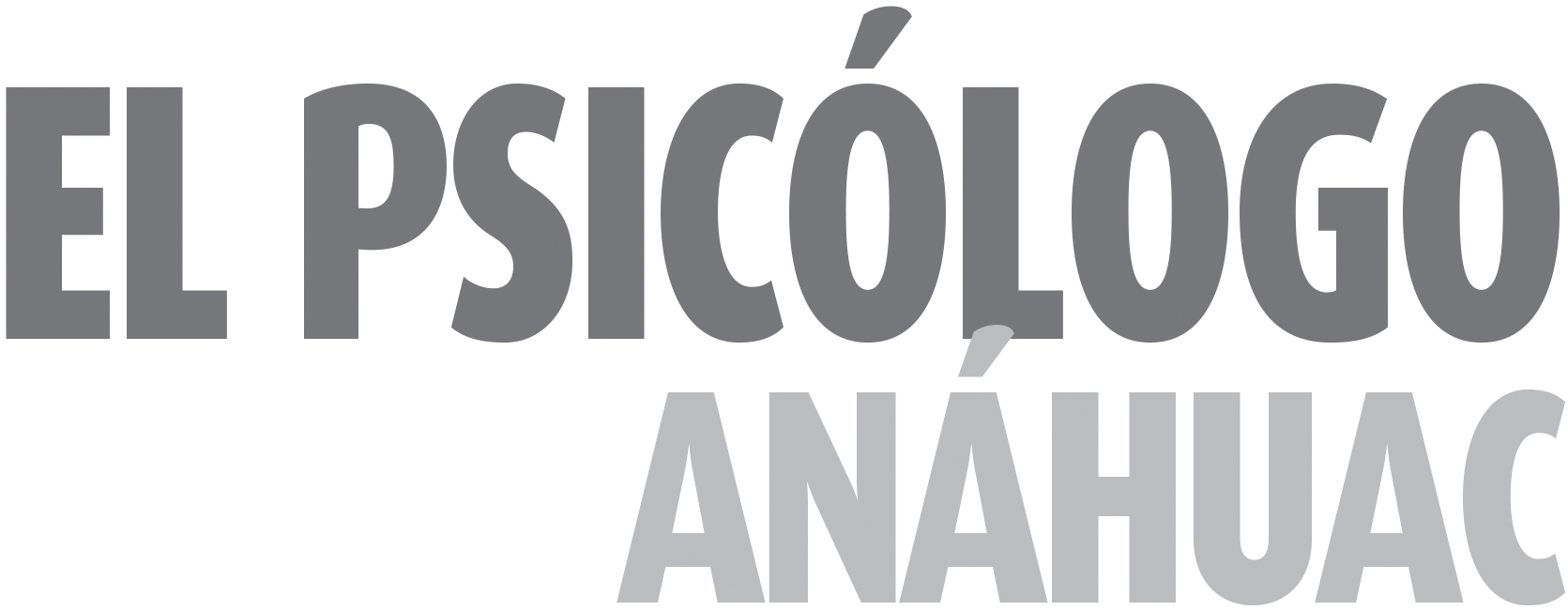
Entrar
Los campos obligatorios están marcados con un asterisco: *


EL PSICÓLOGO ANÁHUAC, núm. 23, 2023, es una publicación anual editada por Investigaciones y Estudios Superiores S.C. (conocida como Universidad Anáhuac México), a través de la Dirección Académica Especializada de la Facultad de Psicología, Av. Universidad Anáhuac núm. 46, col. Lomas Anáhuac, C.P. 52786, Huixquilucan, Estado de México, Tel.: (55) 5627 0210, https://revistas.anahuac.mx/psic_anah, alejandro.gonzalezg@anahuac.mx Editor responsable: Alejandro González-González. Número de reserva de derechos: 04-2022-072619185400-102, ISSN electrónico en trámite. Responsable de la última actualización de este número, Dirección Académica Especializada de la Facultad de Psicología, Alejandro González González, Av. Universidad Anáhuac núm. 46, col. Lomas Anáhuac, C.P. 52786, Huixquilucan, Estado de México, fecha de la última modificación, 1 de julio de 2022.
El contenido de los artículos es total responsabilidad de los autores y no refleja el punto de vista del Editor ni de la Universidad Anáhuac México.
Se autoriza la reproducción total o parcial de los textos aquí publicados siempre y cuando se cite la fuente completa y la dirección electrónica de la publicación.
Todo el contenido intelectual que se encuentra en la presente publicación periódica se licencia al público consumidor bajo la figura de Creative Commons©, salvo que el autor de dicho contenido hubiere pactado en contrario o limitado dicha facultad a “El Psicólogo Anáhuac©” o “Universidad Anáhuac©” por escrito y expresamente.
El Psicólogo Anáhuac se distribuye bajo una licencia de Creative Commons Reconocimiento-NoComercial-CompartirIgual 4.0 Internacional.








